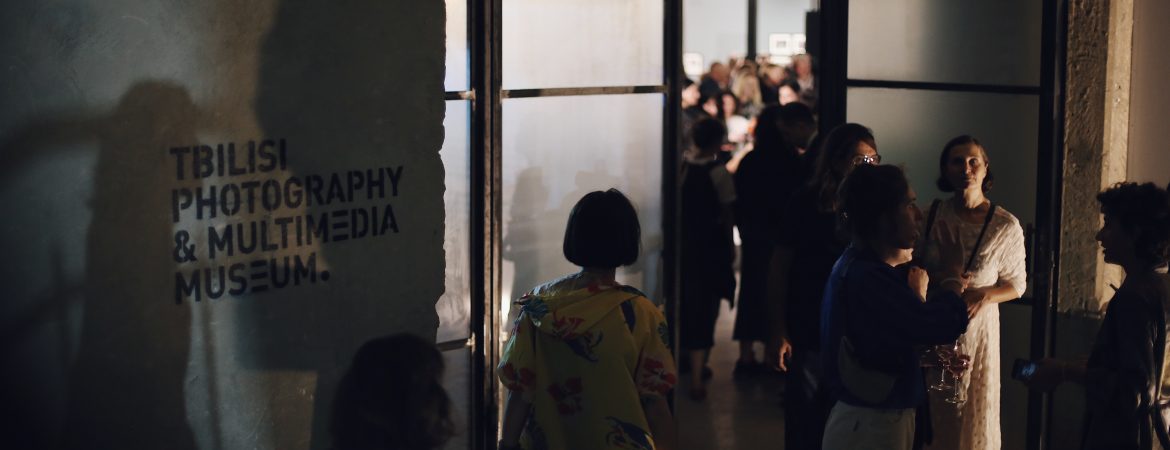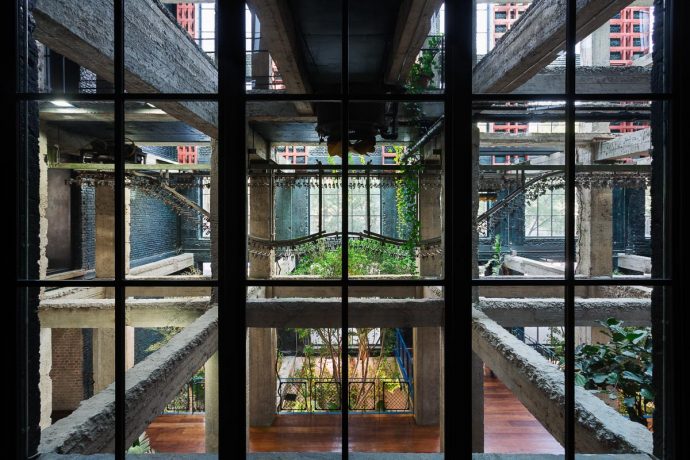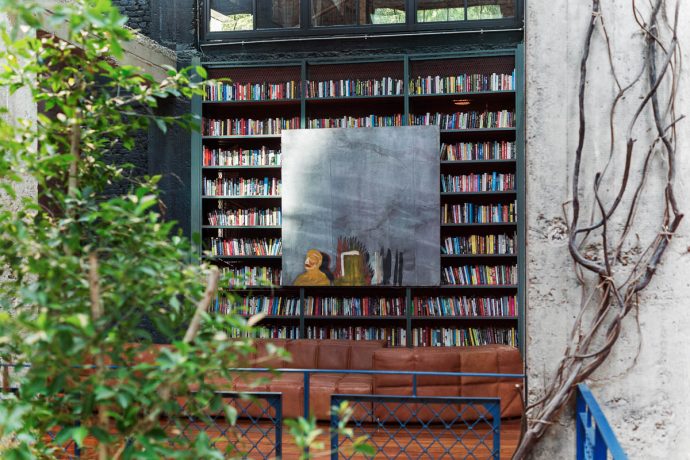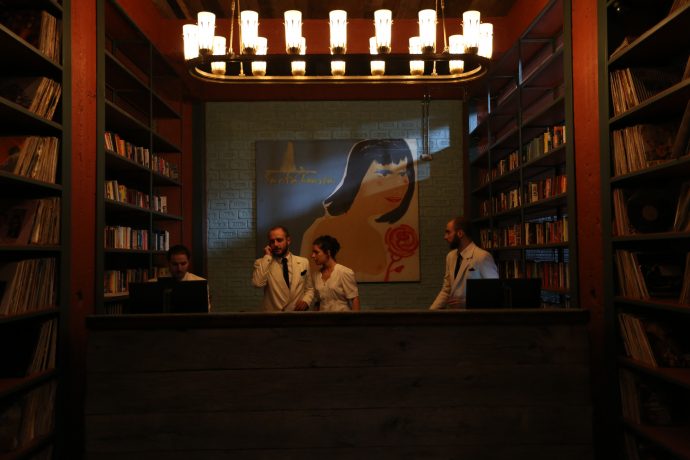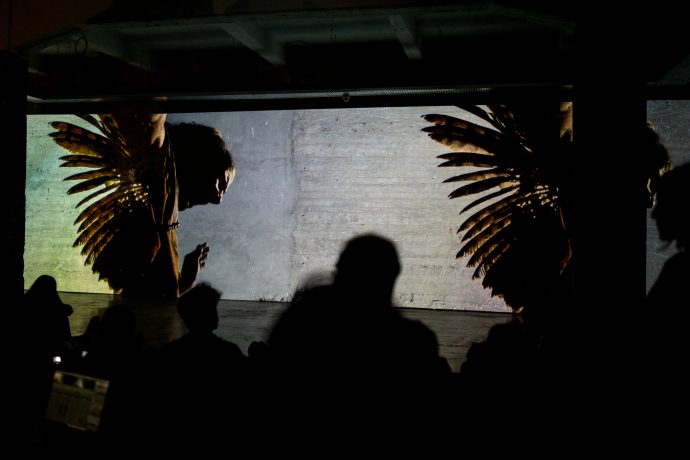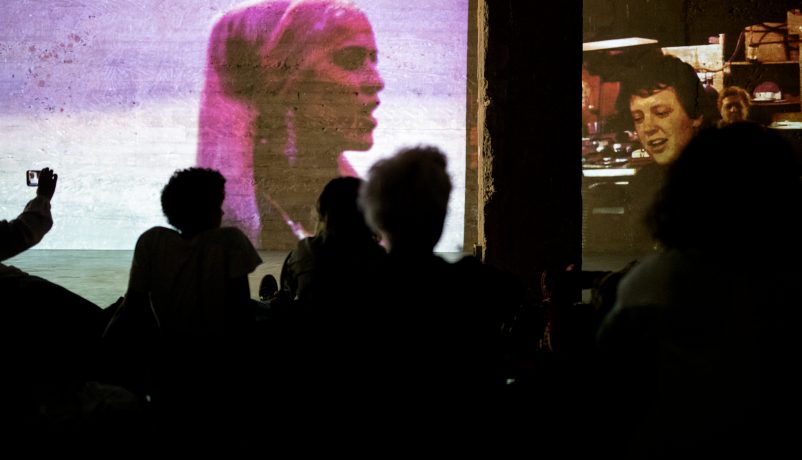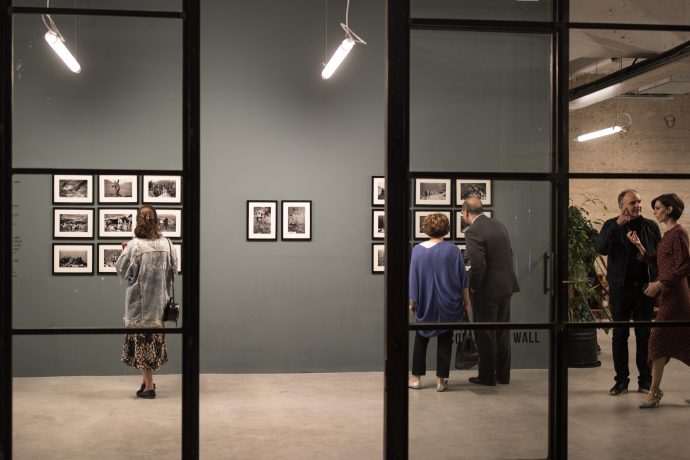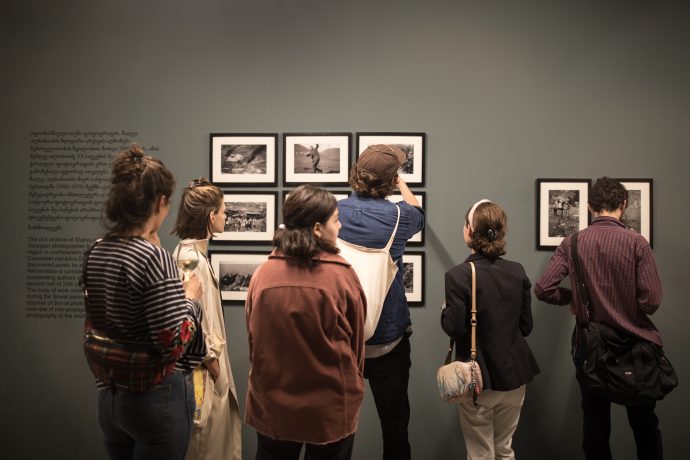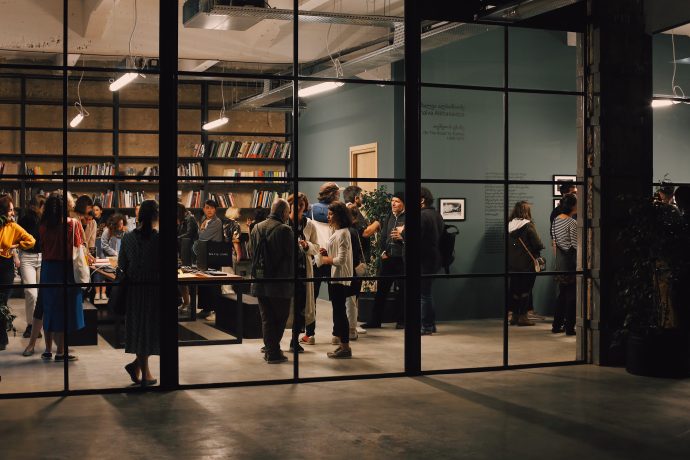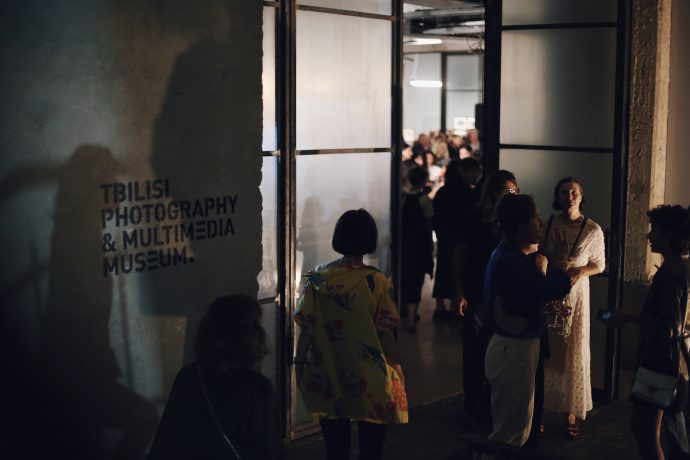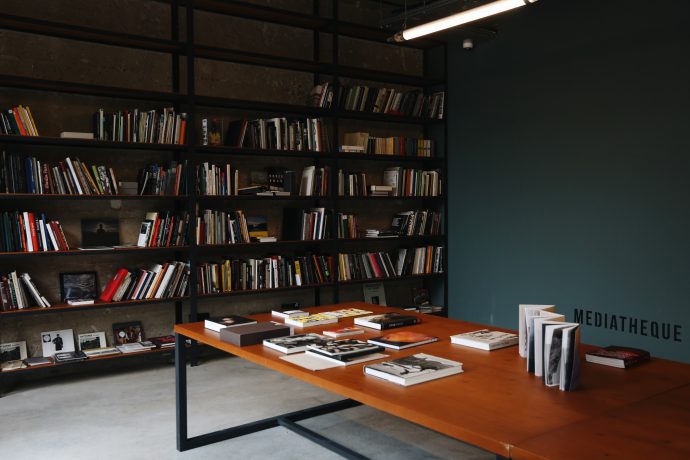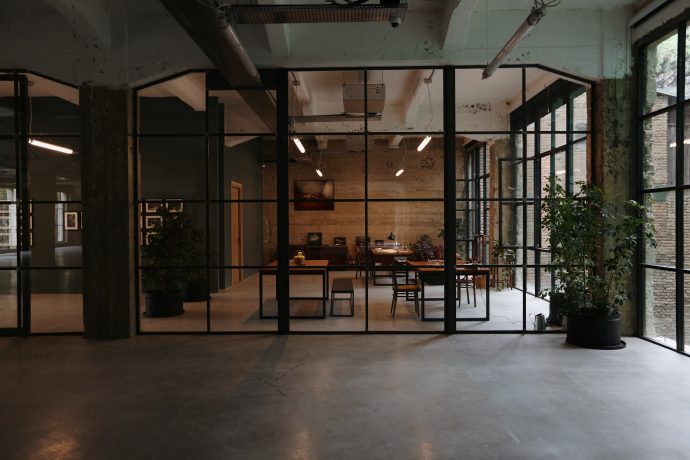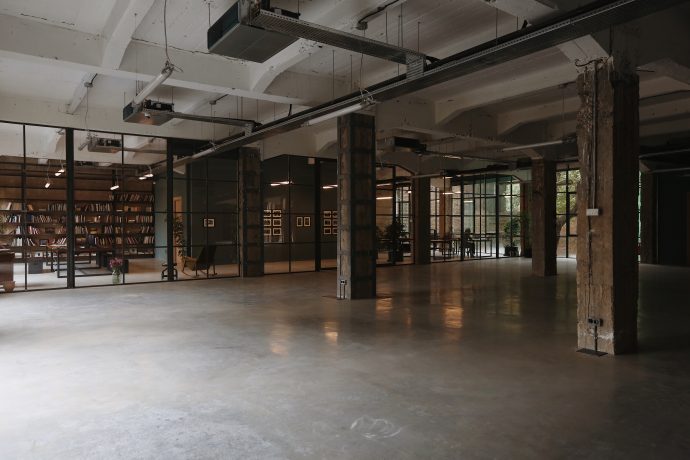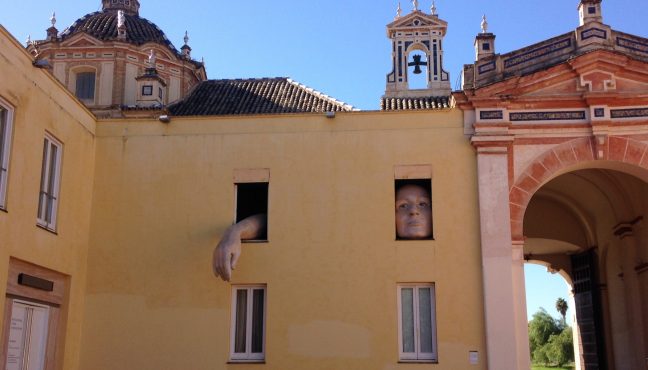The Tbilisi Photography & Multimedia Museum opened earlier this fall and is already revolutionizing Georgia's culture and leisure industry. It is not only the first museum in the country co-founded by two female professionals, but also one of the few museums in the world located inside a hotel - the big, booming Stamba Hotel, created by the trend setting Adjara Group.
Museeum met with the co-founder of TPMM Nestan Nijaradze and the Managing Director of Adjara Group Levan Berulava. We talked about their experiences establishing the museum and the role of their collaboration in the cultural and social development of Georgia and the South Caucasus region.
How did you come up with the idea of opening a photography and multimedia museum in a hotel?
Levan: Valeri Chekheria (the CEO of Adjara Group), Nestan and I are very good friends. We often see each other socially. One day Nestan mentioned that they have an opportunity to get funding from the Swiss Cooperation Office in South Caucasus to open a photography museum. They had money, but could not find a suitable location. We were totally excited about the initiative, and a couple of days later we proposed to use the D block building at the Stamba Hotel. It all started very quickly. Only one year has passed since our chat, and the museum is already open to the public.
Nestan: There was a publishing house in this building. All the newspapers of that period had their offices here including the Young Communists. Funny enough, when I was 16, I had my first job at this newspaper. Before going to university to study journalism and before passing graduation exams in high school, students were obliged to have a couple of newspaper publications. So I wrote my first two articles here. And now, 30 years later, I am back in this building with our museum.
That’s a great come back! Space looks very modern. Who did the renovation?
Levan: The museum and the hotel are both created by our in-house team of architects and designers - Adjara Arch Group. The owner of the company himself is also strongly involved in every aspect of the construction process. For the museum, Nestan was particularly keen on integrating design elements into a modern exhibition space. As a result, we have created something quite unique, a contemporary museum with a special design touch, which corresponds to international standards. We are indeed very proud!
What are the similarities between the Tbilisi Photo & Multimedia Museum and the Adjara Group?
Levan: The Tbilisi Photography & Multimedia Museum is not just a museum: it’s a platform for sharing new messages, spreading ideas, and expressing emotions. Every major cultural or artistic event can be discovered here.
Adjara Group is a pioneer in urban development. Our properties are the first in Georgia to become members of Design Hotels. We have revolutionized the country’s hospitality industry as well as set unprecedented lifestyle trends and established new standards. We broaden horizons for young people and provide them with professional opportunities. We also strongly support Georgian artists by allocating funds, enabling them to display art, and organize exhibitions in our spaces.
Developing young talent must also be important for the museum?
Nestan: Yes, it is one of our interests to develop and support young talent not only in Georgia, but also in the whole region of the South Caucasus and to provide visibility to their work both locally and abroad. Historically, Georgia has a leading position in arts and culture in the region. Since the founding of the Tbilisi Photo Festival 10 years ago, we have been the main reference point for Armenian, Azerbaijani, and Georgian young photographers.
What also makes our partnership with the Adjara Group so strong is that both of our initiatives want to make the image of Georgia more internationally attractive. Together we aim to help the cultural and social development of the country. The tool the museum uses is photography. Apart from supporting young talent, we are very focused on providing new professional opportunities for female photographers in the region. We are also working on the decentralization of artistic and educational events to create a better creative infrastructure outside the capital. Finally, we are creating an educational platform. The médiathèque and museum library are already part of this. In the future we’ll also be hosting an extensive series of workshops and masterclasses. All these activities are supported by the Swiss Cooperation Office in the South Caucasus in the frame of the project South Caucasian Photography Hub for Education and Innovation.
Do residencies for photographers play a big role in museum activities?
Nestan: Yes, we launched the residency program as part of the photo festival back in 2015. Our first resident was Antoine d'Agata, a star of contemporary photography. In 10 years, he made a big series of work on Georgia and could finalize his project in frames of our residency. Together with the Adjara group, we published a photo book based on Antoine’s work. Our second resident was a French photographer Gregoire Eloy, who photographs life from 1500m above the sea level and worked on his series in the mountains of Georgia. The residency program continues and remains an extremely important component of our activities. It allows us to bring the best international photographers to Georgia. We provide them with all the conditions they need and help with promoting their work.
What initiatives or locations inspire TPMM and the Stamba Hotel?
Nestan: The museum is inspired by France and especially by Paris, the epicenter of photography. I would maybe point out Le Bal – a relatively new exhibition platform created a couple of years ago. What they do and how they do things is always different from everyone else. I hope someday we can do a project together.
Levan: Both Valeri and I lived in New York and we loved it. For us New York is an eternal source of inspiration.
What are your dreams for the collaboration between TPMM and the Adjara Group?
Levan: We are still a young country, but we have big ambitions. We want to continue creating modern Georgia together through art and culture and introduce the Georgian art, culture, traditions and hospitality to the entire world. We are very passionate about what we do!
